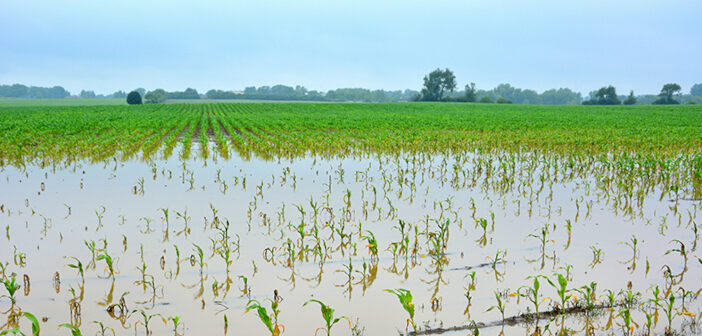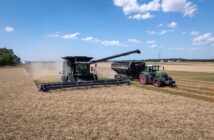Embracing appropriate technologies in tandem with the rediscovery of traditional approaches, delivered with astute management, will be required for farmers to offset the impact of the many disruptions agriculture faces.
This was the central message at the recent Institute of Agricultural Management’s (IAgrM) National Farm Management Conference, attended by over 430 delegates from across the industry.
Farm businesses are having to balance the production of an increasingly diverse range of private and public goods, including the need to produce food, manage environmental impact, and play a growing role in halting the biodiversity decline.
At the event, Professor Sir Charles Godfray, from Oxford University, emphasised climate change will impact the ability to produce food. But at the same time, farms will come under increasing governmental and supply chain pressure, to reduce emissions.
The challenge was made clear by Aiden Connelly of AgriTech Capital. He reminded the audience that globally agriculture needs to produce 70% more food in the next 30 years.
“This is equivalent to increasing productivity by 1.8% per annum, which is less than already achieved. Carefully selected technology will allow us to deliver improvements, but will need very skilful management,” he said.
Yet this has to be achieved with the need to achieve environmental and biodiversity gains too, the national decline in biodiversity is considered a major issue. Sam Hall, from the Conservative Environment Network, stressed there are farming methods that help reverse this decline without necessarily compromising output, including the use of cover crops, reduced tillage and precision input applications.
He said the shift in subsidy schemes away from production to environmental protection will help encourage the restoration of biodiversity.
As part of the answer to meeting the criteria for these subsidy schemes, the audience was told regenerative farming already embraces many key principles to help reduce carbon footprints and improve biodiversity.
The need to clarify the definition and description of regenerative farming was debated.
“It all starts with the soil, improving its quality and nutritive value, while keeping it where it’s needed – in fields not rivers,” explained Paul Cherry from Groundswell Agriculture.
“By capturing carbon and increasing biological activity we can cut costs and build resilient businesses,” he said.
Summarising the conference, IAgrM Chair, Carl Atkin-House proposed regenerative farming and technology can work hand in hand both at farm level and in the supply chain, as those who supply and buy from farmers are all under the same environmental pressures.
“Solutions will involve everyone. We all have a role in overcoming the disruptions facing agriculture, moving towards the climate and biodiversity-friendly industry that’s required. The conference has given some clear direction for travel,” he said.




